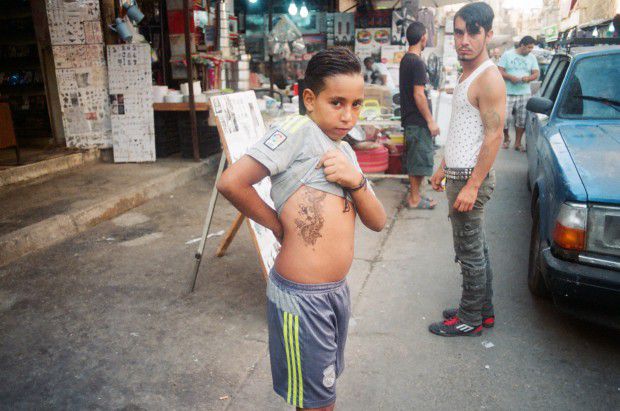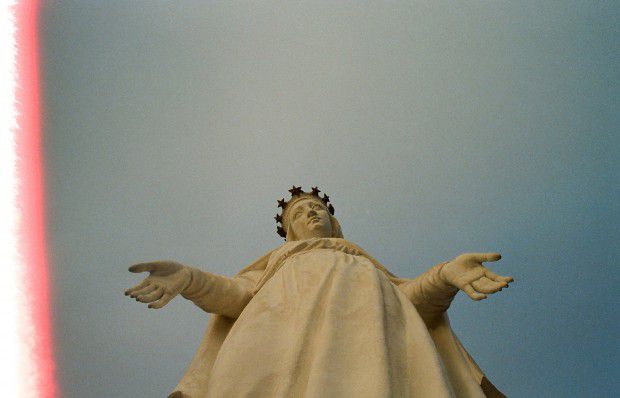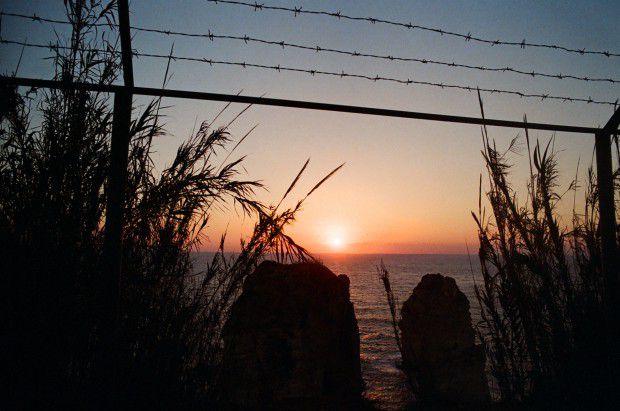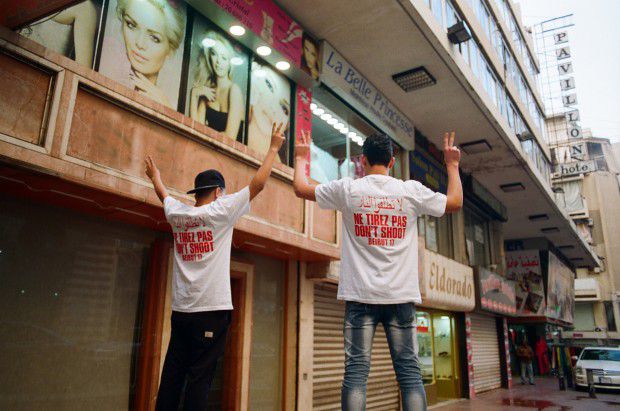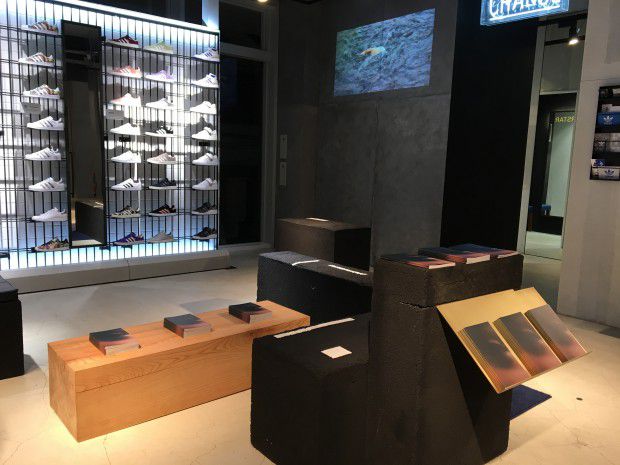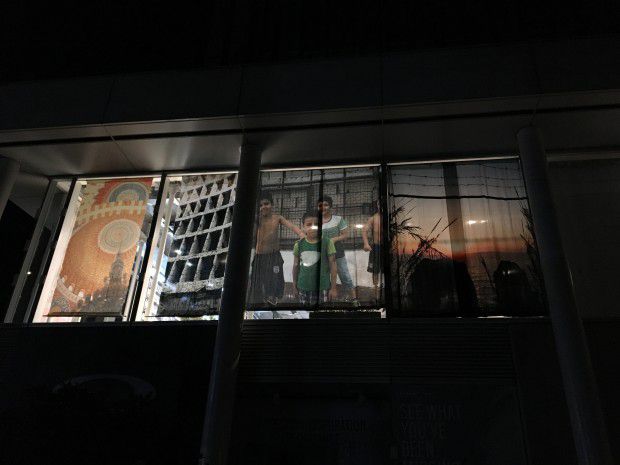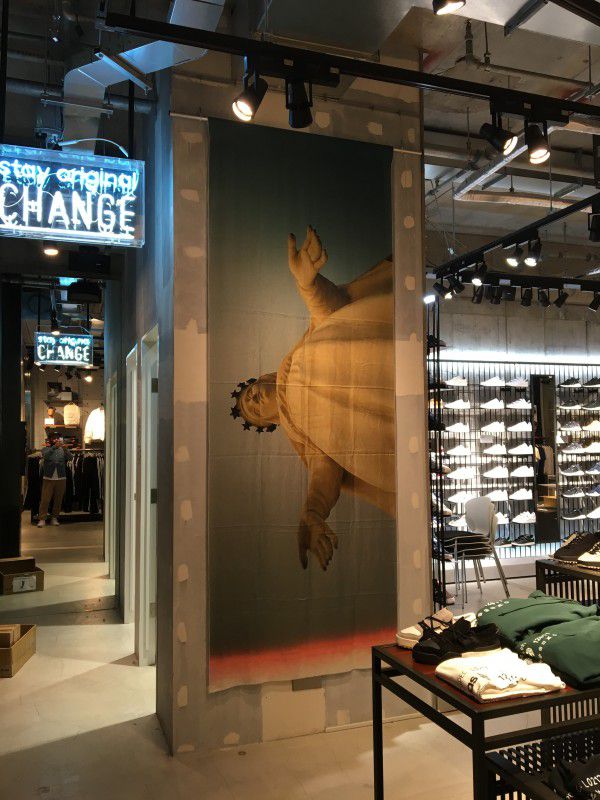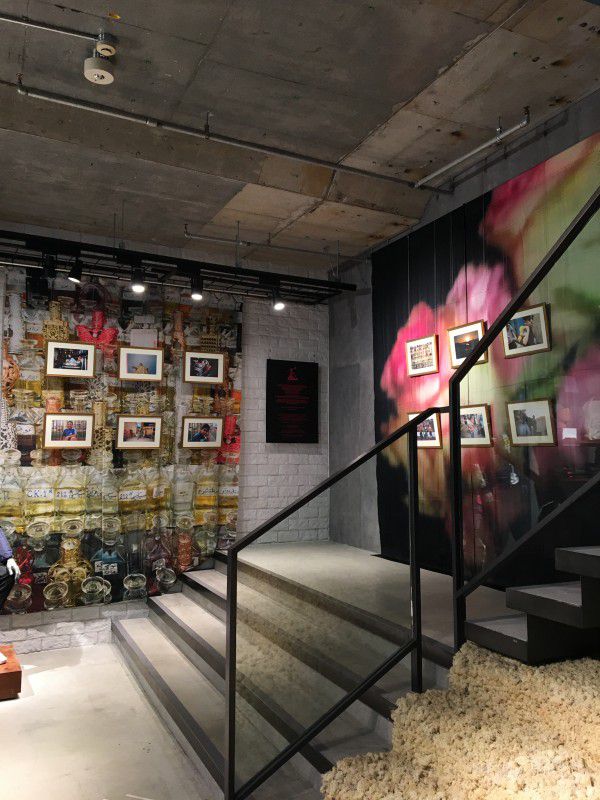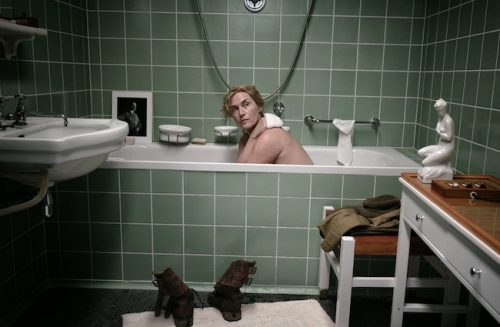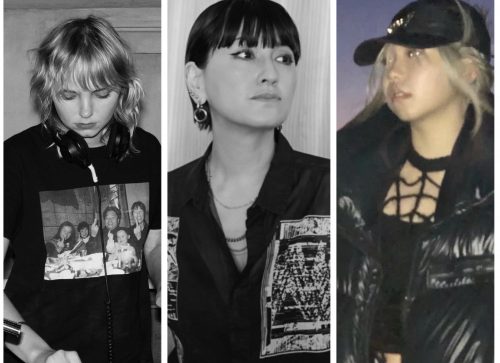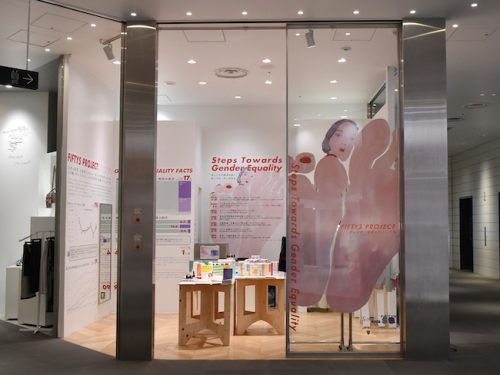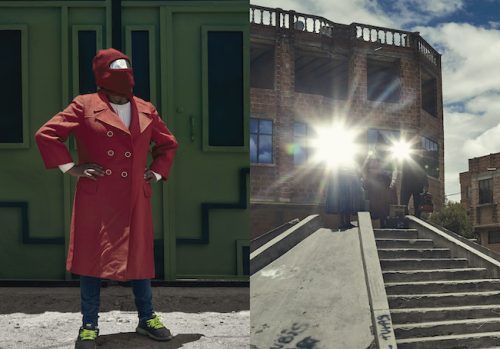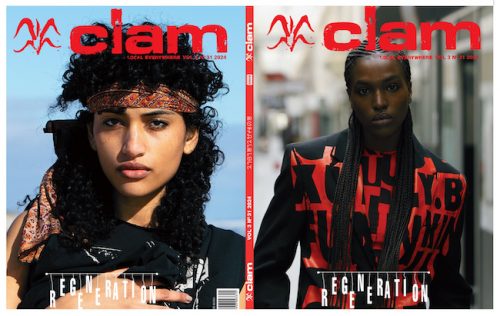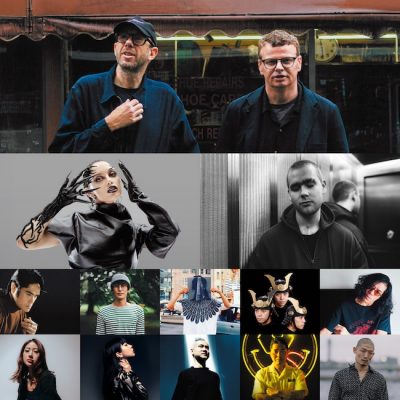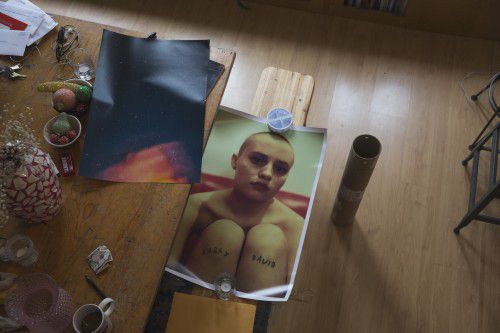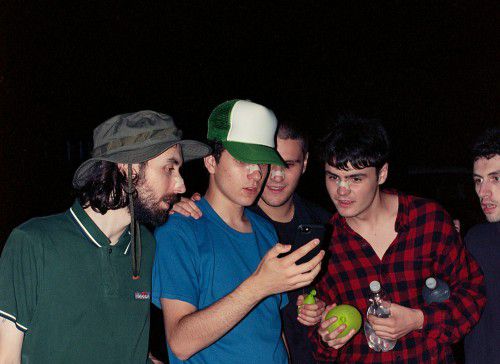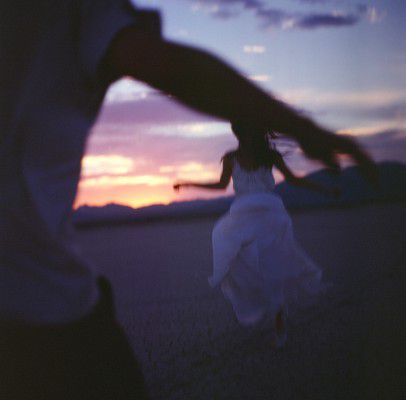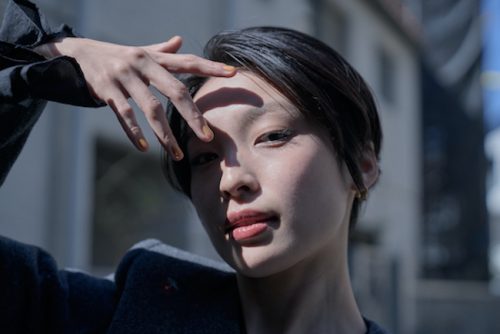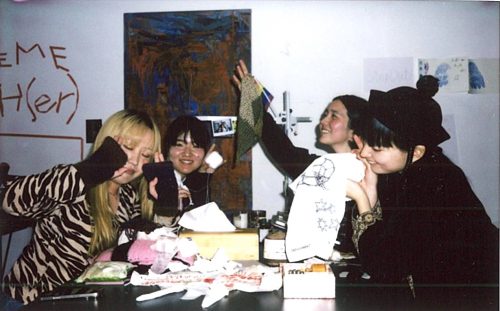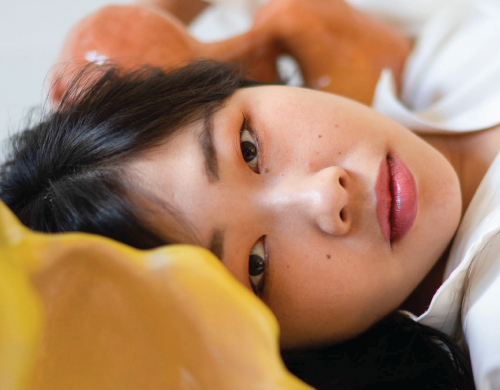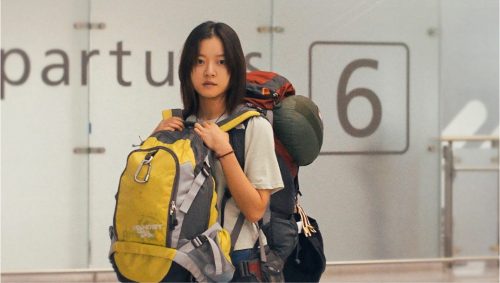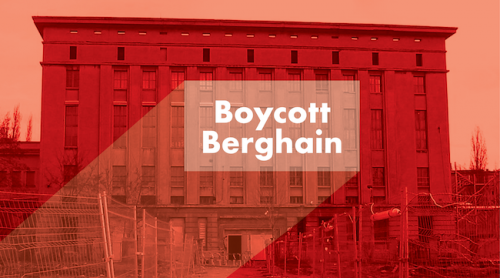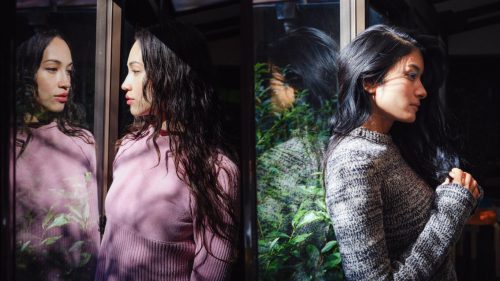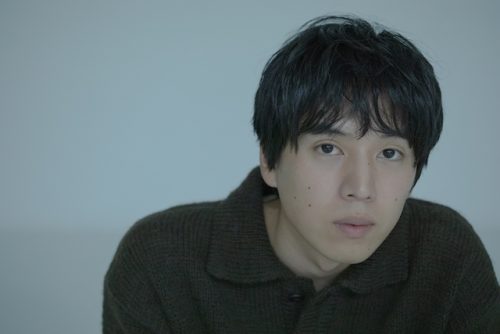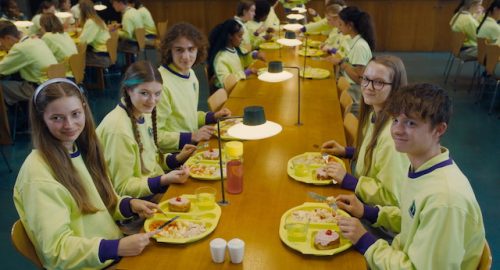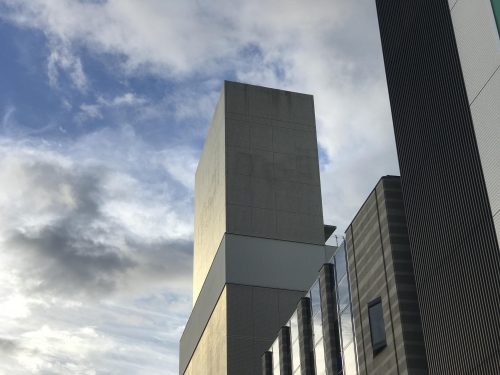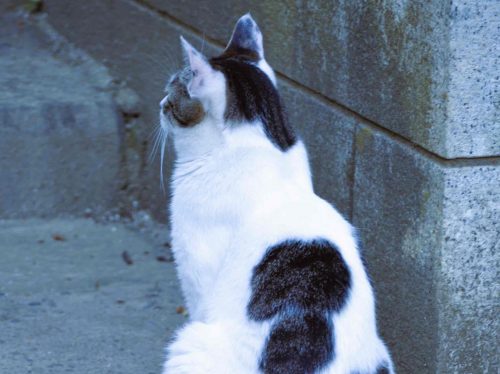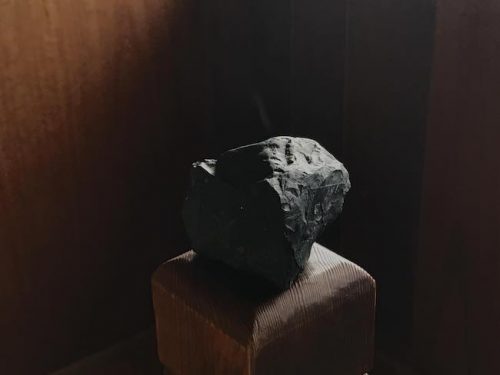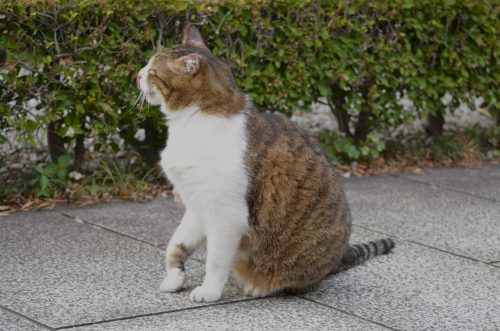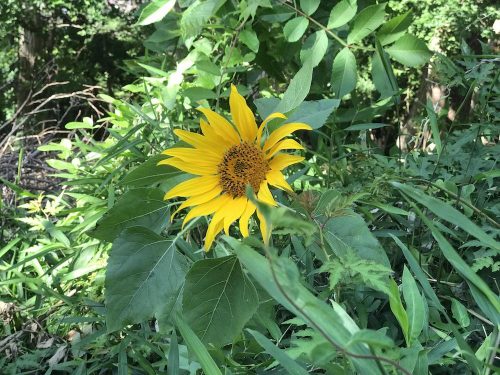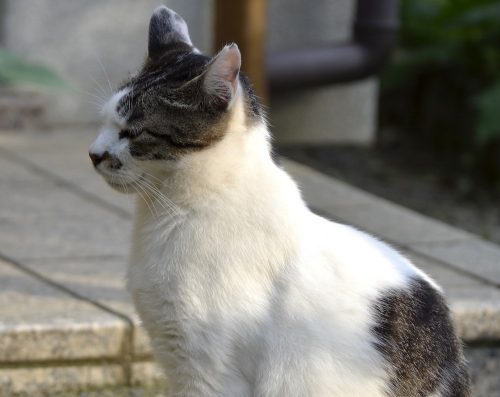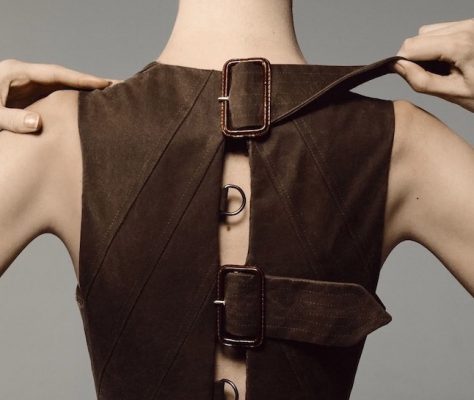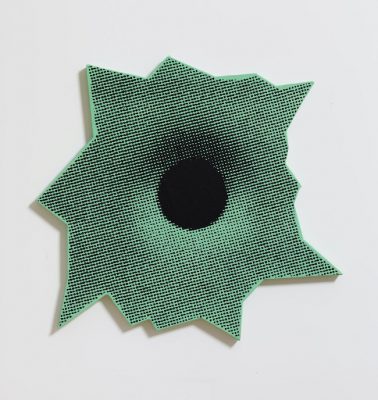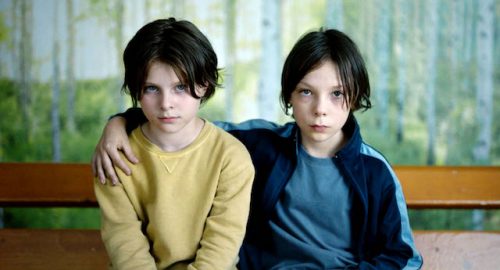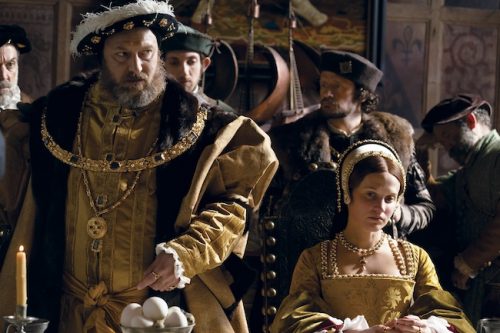11月初旬、adidas Originals Flagship Store Tokyoにて「BEIRUIT YOUTH」の写真展が開催された。BEIRUIT YOUTHとは、フォトグラファーのGogyとプロデューサーのJeyが、レバノン・ベイルートのユースを追いながら、彼の国の現状を写し出し、さらにそれらの写真やビデオを通してドネーションを呼びかけているアート活動。アートが社会を映す鏡だとするならば、その循環を通してより良い社会を作ろうとする彼らのチャレンジに賛同したadidasサポートのもと、NYを筆頭に東京やドバイなどで展示が実施され、反響を呼んでいる。彼らがなぜベイルートに魅了され、このような活動に臨んだのかを聞くとともに、ドネーションのリンクをポストする。
ーーBeirut Youthはどのようにして始まったのでしょう。
Gogy「Jeyが、色々なものが混ざり合った中東という場所に興味があったんだ。彼がレバノンの歴史や原動力に関して様々な文献を読んで、それを記録してほしいと僕に頼んできたんだよ」
ーーGogyは写真、Jeyはプロデュースというそれぞれの役割を持っていますが、実際の作業時にはどのような話し合いと手順を踏むのでしょうか。
Gogy「撮影するものに関して、それが何であれ、それに関する知識を持つこと、そしてそれから何か感じることを意識していたね。Jeyは僕たちが撮影したい場所の歴史をリサーチして、その全てを僕に教えてくれたんだ。僕自身は、撮影現場で、その彼から得た知識プラス自分なりの何かをそこに加えようとした。その場所に関する自分たちの解釈をまとめ、そこにどんな感情やメッセージを込めたいかということを計画しながら撮影していったんだ」
ーーレバノン、ベイルートの魅力とは。
Gogy「彼らのプライド。国全体が地中海に囲まれていて、海岸から山までは車でたった40分程なんだけれど、レバノンは独立するために激しく戦ってきた国であり、彼らは国の全ての要素に価値を感じ、母国の美しさを理解している。1948年のパレスチナ難民問題や最近のシリア内戦、そう言ったものがこの小さな国に残っていて、この地域、周りの政治のあり方が、国境間に張り詰める目に見えてわかる濃い緊張感を作り出してきた。レバノンは文字通り戦争の瀬戸際にある国であり、ベイルートはその全てが頂点に達する場所。このエネルギーは、国の歴史、宗派、気候、食べ物、全てとペアになっていて、それがレバノンを世界のどの場所とも違う国にしているんだと思うね」
ーー難民キャンプの様子も映し出されていました。ビデオを見ていない読者にどのような様子か少々説明していただけますか。
Gogy「シャティーラの難民キャンプは、1949年、行き場を失ったパレスチナの人々にシェルターや家を供給するために南ベイルートで始まったんだ。2011年にシリア内戦が崩壊して以来、キャンプの人口は今では倍以上にまでなり、ボーダーは広がらないまま、援助もない。ベイルートの地方自治体はキャンプの規模を広げないし、そこには水も、電気も、ゴミ処理場もないんだ。その全ては、シャティーラで贅沢に住む人々が占領している。彼らの生活は、国に大きな害をもたらしているんだよ」
ーーCYC、Shyila Youthへの支援がこのプロジェクトの大きな基幹ですがこのチャリティについて教えてください。
Gogy「シャティーラ・チルドレン・アンド・ユース・センターはNGOで、6歳から18歳までの子供達に教育と憩いを供給している。CYCは喉から手が出るほど必要とされていて、キャンプの中でも教育のための機関は2つしかない。僕たちのマーチャンダイスとブックの売上の50パーセントは、直接このユース・センターに送られることになっているんだ。僕たちは、GoFundMeチャリティーもスタートしていて、CYCへの寄付金を増やすため、皆が直接僕たちにその寄付金を送ることが出来るようになっている。寄付金は、子供たちの新しい文房具、本、制服、そして彼らがサッカーをするためのキットに使われるんだ」
ーーなぜユースを被写体に選んだのでしょう。
Gogy「彼らが、ベイルートのあらゆる範囲の感情や歴史を表現しているから。そして、その表現のされ方が非常に純粋だから。僕たちは、その真のものをとらえたかったんだ」
ーー危険な地域ではカメラを出すことさえ躊躇う状況もありますが、ストリートのユースと交流して良い写真を撮るための秘訣は?
Gogy「人間、普通、自分自身になることに尽きる。自分たちが人間としてどういう存在なのか、何を描こうとしているのかを彼らに見せること。多くの人がそれを感じることが出来るし、言語が異なっていたとしても、エナジーは語られるものではないからね」
ーー交流の中で印象に残っていることは?
Gogy「僕たちにとって、難民キャンプが一番印象深かった。今まで自分たちが見た何よりも、あれには頭が下がったよ。最も貧しい場所でこそ、希望や感謝を一番に感じる。あのキャンプを目にして記録し、彼らに協力することが出来て、本当にラッキーだと思っているよ」
ーー大変だったことは?
Gogy「レバノンの政府の風潮と緊張感の影響で、人々が写真を撮られることをためらうことが多々あった。写真家として、何度も撮影を拒否されるというのはフラストレーションだし、自信をなくすことにも繋がるんだ。でも、それが自分をよりクリエイティヴにさせるし、自分が必要としている写真をいかにして撮るかをより深く追求する良いきっかけにもなるね」
ーー35mmフィルムとデジタルビデオで撮影したそうですが、なぜそのツールを選んだのでしょう。
Gogy「35mmからは、流行にとらわれないものを感じるんだ。僕たちは、今回のプロジェクトにタイムレス感をもたらしたかった。デジタルビデオを使ったのは、僕が持っているカメラの中で、映像を撮影できるのがそのカメラだけだったから。あと、今回はFinal Cutも使ってみたよ」
ーー写真もビデオもドキュメンタリーを基本としていますが、編集や写真のセレクトではどのようなことを心がけていましたか。
Gogy「イメージの流れは重要だったね。僕たちは、皆にこのプロジェクトを小説やショート・ストーリーのようにとらえて欲しいんだ。サスペンス、キャラクター、ストーリー展開の波、勝利、ドラマといったものがこのプロジェクトには存在しているんだよ。心がけていたのは、流れのペースと視聴者との意思疎通を作り出すことだね」
ーーaddidasとのコラボレーションでNYと日本で展示とブック、コラボアイテムの販売が行われましたが、あなた方に日本のユースはどう映りましたか?
Gogy「日本での展示はいつだって素晴らしい。若者も年配の人たちも、皆が心から展示に興味を持っていて、沢山質問してくれるんだ。彼らは作品の背景を知りたがるし、彼らが目にしているものを必死に理解しようとする。アーティストとして、それは本当にやりがいを感じたし、遠いベイルートと日本の繋がりを感じることができた。あれは夢のような時間だったよ」
ーーあなた方のようにアートからチャリティを生み出すという社会へ働きかけるアーティストもいますが、アートの社会に関してどう思いますか?
Gogy「どの国、どの場所においても、殆どのビジネスにおいて、汚職、インサイダー取引、投機は存在している。アートも同じ。トレンド、ビッグビジネス、有力者、そして何よりも、卑怯な連中が沢山存在している。僕は、真の感情や痛みこそが最高のアーティストたちをトップに導くものだと思いたい。しかし、半分はそうではないんだ。アーティストたちは、自分たちの作品を販売したり転売する人間たちよりも賢くある必要がある。殆どのアーティストたちは悪用され、アートにおける階層には、気力をくじかされるようなことが多々あるね」
ーー今後もこのプロジェクトのためにベイルートを訪れ続けるのでしょうか。
Gogy「イエス。僕たちのストーリーを記録するために、再びベイルートを訪れたいと思っているんだ。そして、それをまた展示したい。あと、シャティーラのCYCに個人的に寄付を届けることも楽しみだね」
ーー何か進行しているプロジェクトはあれば教えてください。
Gogy「2018年の2月にロサンゼルスでBeirut Youthの展示をやるよ!」
Beirut Youth
http://www.beirutyouth.com/
https://www.gofundme.com/shatilayouth
——How did Beirut Youth start out like?
Gogy : Jey wanted to experience the Middle East in a city that brewed all its complexities together. He read a lot about Lebanon’s history and Dynamic, and reached out to me to help Document it.
——Each of you have a role that you’re responsible for, Gogy for photos and Jey as the producer, but how do you discuss things and choose the order when working?
Gogy : We tried very actively to be as aware and sensitive to the context of whatever we were shooting. Jey would research the history of the places we were going to document, and then introduce it all to me. I’d take his help and then explore the places and locations myself. We’d come together with our interpretations, and establish a game plan of what emotions and message we planned to document.
——What is attractive about Beirut, Lebanon?
Gogy : It’s pride. The entire country borders the Mediterranean Sea, and its Mountains are only about a 40 minute drive from the coast.
It’s a country that has fought so hard for its independence and they really value every element of the land and beauty they call home. The Palestinian displacement of the 1940s and the current Syrian Civil War, have left this tiny country in various phases of refugee crisis. The way its politics are handled in this arena, and in any other of its politics, have bred this thick, palpable cloud of tension felt throughout its borders. Lebanon is literally teetering on the brink of war and Beirut is where it all culminates.
This energy, paired with its history, religious denominations, weather, food, make it unlike any other place in the world.
——Scenes at the refugee camp were shown as well. Can you explain what kind of situation that was to the readers who have not seen to video?
Gogy : Shatila Refugee camp was established in Southern Beirut in 1949 to provide shelter and housing to displaced Palestinians. After the break of the Syrian Civil War in 2011 the population of the camp has now more than doubled, and its borders have not expanded and neither have its resources. Beirut’s municipalities do not extend to the camp, no running water, electricity, waste removal. All of these are luxuries to those who reside in Shatila, the living conditions are extremely hazardous.
——Supporting CYC Shyila Youth is one of the major key concepts of this charity, so can you briefly explain about it?
Gogy : Shatila Children and Youth center is an NGO that provides education and recreation to children six to 18-years old. CYC is desperately needed there, it is only one of two institutions set up for education in the camp. 50 percent of sales from our merchandise and book go directly to this youth center. We have also started a GoFundMe charity, where anyone can donate directly to our drive to raise money for CYC. The donations will go towards providing the children new stationary, books, uniforms and kits for its youth soccer initiative.
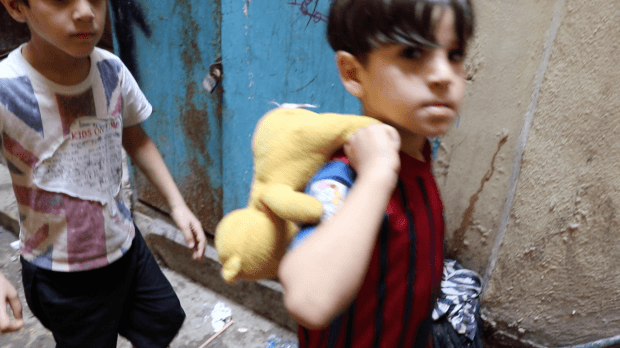
——There are artists like you guys that work in society and derive charities from art, but what do you think about the art society?
Gogy : Most businesses in any country, anywhere, have their fair share of corruption, insider trading, speculation. Art is the same. Trends, big business, big Fish and even more bottom feeders. I like to think that true emotion and pain are what propel the best artists to the top of the game, but I know that’s half true. As an artist you have to be smarter than those who are trying to sell or resell your work. Most artists get exploited, and the hierarchy of art is very daunting at times.
——Why did you choose youth as the object?
Gogy : They embody the entire range of emotions and history of Beirut. And the way they come off is so pure. That’s what we wanted to capture, the truth.
——There must be situations in which you hesitate to even take out your camera at dangerous areas, but what is your secret to taking good photos when interacting with youth on the streets?
Gogy : Just being human, normal, ourselves. Show them who we really are as people and what we are trying to paint with our pictures. A lot of people can feel that, even though we don’t speak the same language the energy is unspoken.
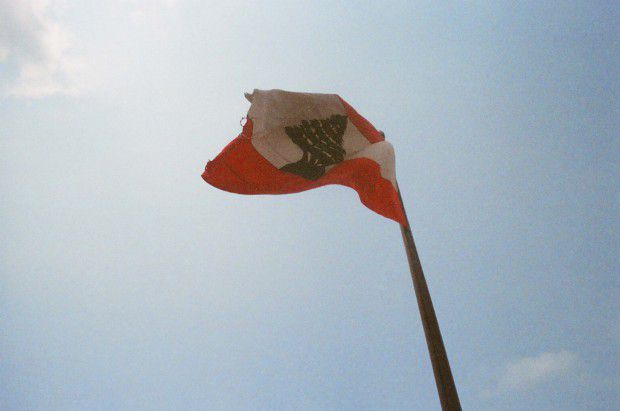
——What is something memorable from the interactions?
Gogy : The refugee camp had the most impact on us. It was humbling beyond anything We’ve ever seen. Its always in the poorest places where you find the most hope and gratitude. We just feel very lucky to be able to have seen and documented this and try to help.
——What kind of struggles did you go through?
Gogy : Because of Lebanon’s political climate and tension, a lot of times people were very hesitant to have their photo taken. As a photographer, getting rejected time after time is frustrating and hurts your confidence. But it forces you to be more creative and dig deeper to find ways of getting the photos you need.
——It seems like you used 35mm films and a digital video camera, but why did you select those tools?
Gogy : 35mm film photography always feel more classic to me. We wanted this feel of timelessness to our project. Digital video was chosen because it was the only camera I had that could record moving image, and I also have some experience with Final Cut.
——Photographs, videos, and documentaries are all fundamentals, but what kind of things do you keep in mind when editing and selecting photographs?
Gogy : The sequence of the images is important. We want the project to read as a novel or short story. To have suspense, characters, rises and falls, triumphs and drama. We wanted to create this pace and interaction with the viewer.
——With you collaboration with addidas, you had an exhibition in New york and Japan selling books and collaborative items, but how did the youth in Japan reflect to you?
Gogy : Japan is always amazing to exhibit in because the youth and seniors alike are all very curious and ask a lot of questions. They really wanted to know the back story to the work and tried hard to understand what they were viewing. As the artists it was incredibly fulfilling to feel the empathy and support so far away from Beirut. It was surreal.
——Are you going to continue visiting Beirut for this project?
Gogy : Yes we hope to visit Beirut another time to document more of our story, and then to present our exhibition there as well. We also are looking forward to personally delivering the donations to CYC in Shatila.
——If there are any projects in progress currently, can you tell me about them?
Gogy : We’re exhibiting Beirut Youth in Los Angeles in February 2018 !
Beirut Youth
http://www.beirutyouth.com/
https://www.gofundme.com/shatilayouth
interview Ryoko Kawahara
